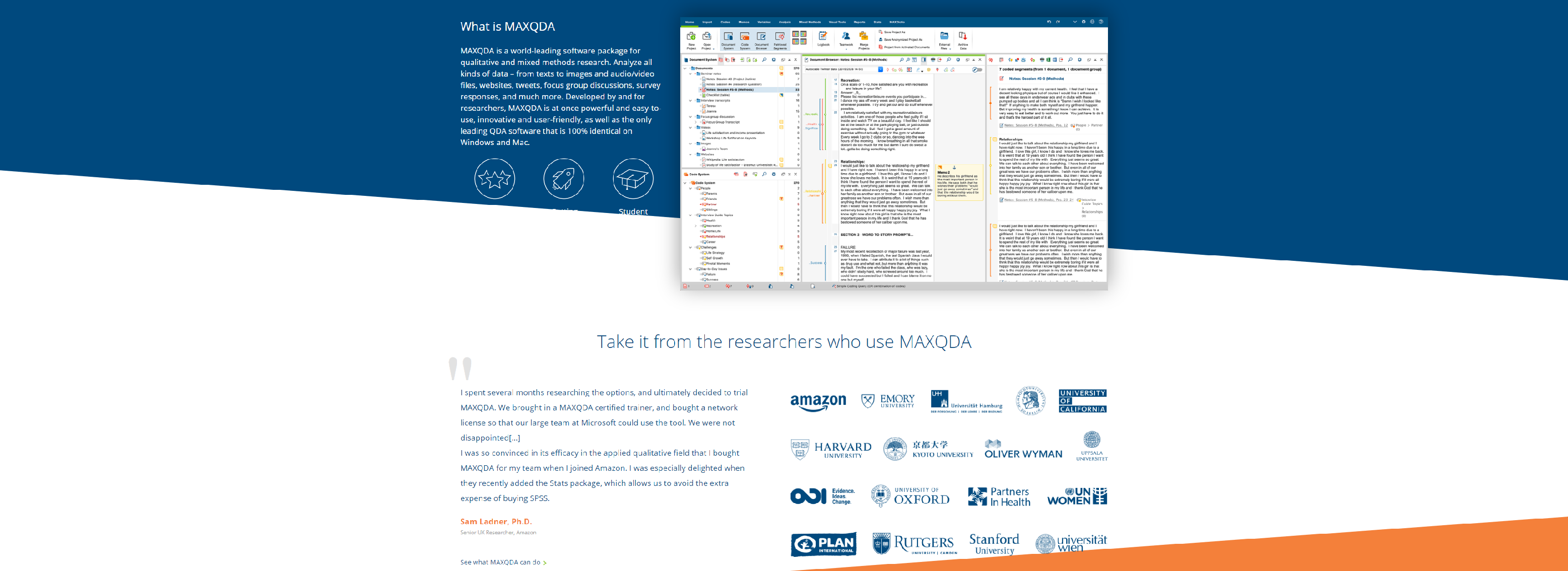
Increasing understanding of a phenomenon of interest (e.g. A synthesis of qualitative evidence can inform understanding of how interventions work by: The potential contribution of qualitative evidence to decision making is well-established (Glenton et al 2016, Booth 2017, Carroll 2017). Cochrane Handbook for Systematic Reviews of Interventions version 6.3 (updated February 2022). In: Higgins JPT, Thomas J, Chandler J, Cumpston M, Li T, Page MJ, Welch VA (editors).

This chapter should be cited as: Noyes J, Booth A, Cargo M, Flemming K, Harden A, Harris J, Garside R, Hannes K, Pantoja T, Thomas J.

Authors should always consult current methods guidance at /qi. Methods for qualitative evidence synthesis are complex and continue to develop. Undertaken using a mixed-method design that integrates a qualitative evidence synthesis with an intervention review in a single protocol.

A qualitative evidence synthesis (commonly referred to as QES) can add value by providing decision makers with additional evidence to improve understanding of intervention complexity, contextual variations, implementation, and stakeholder preferences and experiences.Ī qualitative evidence synthesis can be undertaken and integrated with a corresponding intervention review or


 0 kommentar(er)
0 kommentar(er)
